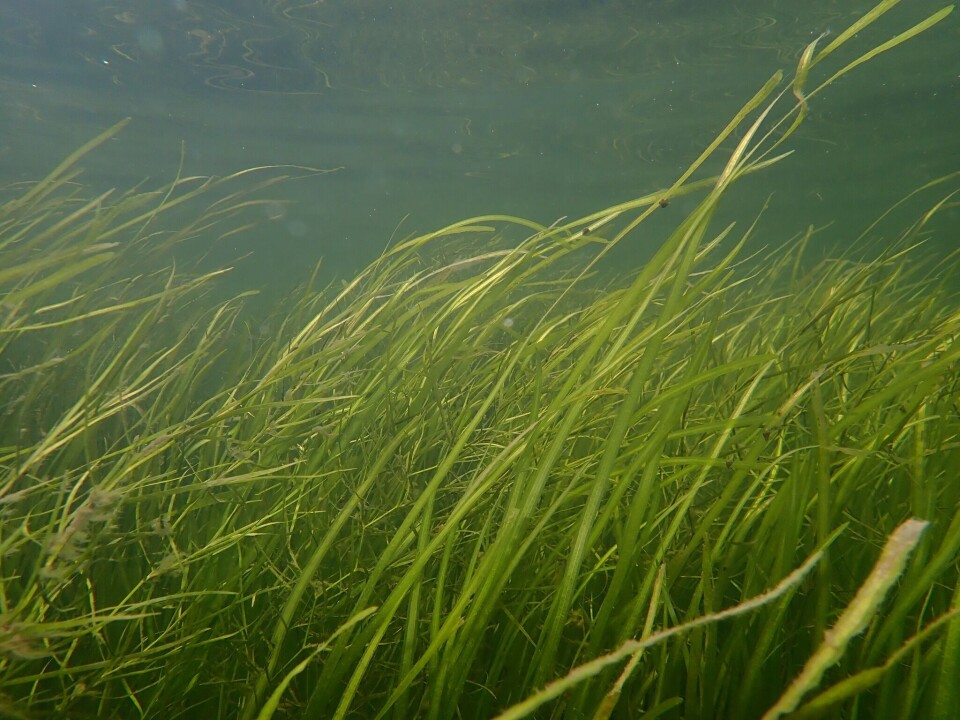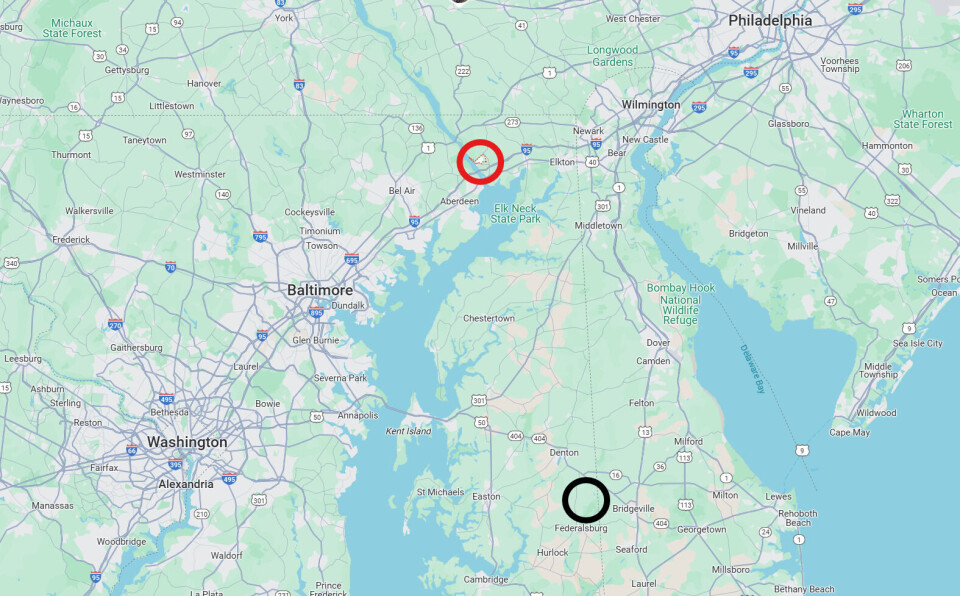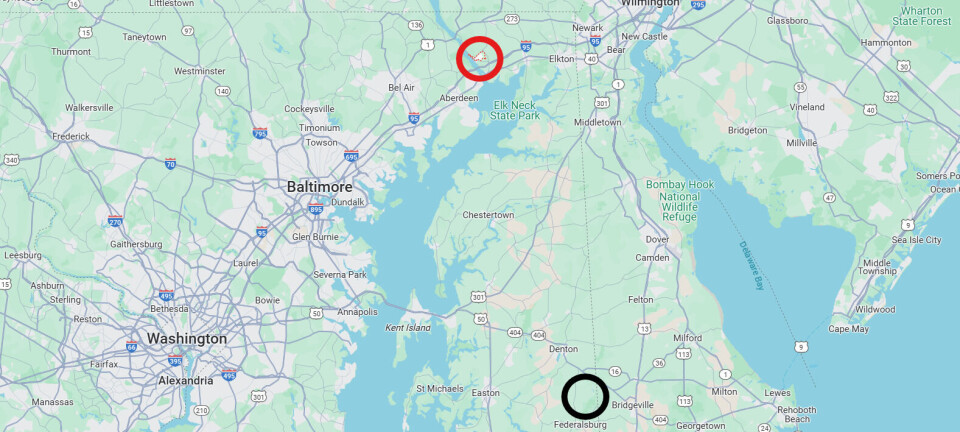
AquaCon facing new challenge to United States salmon RAS project
Norwegian company AquaCon, which plans a 20,000-tonnes-per-year land-based salmon farm in Maryland in the eastern United States, is facing a new hurdle.
Conservation group, the Chesapeake Bay Foundation, is asking a local court for a judicial review of the state’s decision to issue a discharge permit, citing risks to a river's water quality.
AquaCon originally planned to produce 45,000 tonnes of salmon in RAS facilities at different sites in the town of Federalsburg, 90 miles east of Washington DC. But it ended its interest in the town in 2022 after facing opposition from local people over its plans to release up to 2.3 million gallons per day of treated water into a watercourse called Marshyhope Creek which was home to locally endangered wild sturgeon.
The company has now found what it says is a better location on a former US Navy training base site near Port Deposit, 90 miles to the north of Federalsburg and more centrally located between Philadelphia (67 miles), Baltimore (41 miles), and Washington (80 miles).
Grasses and spawning areas
AquaCon recently secured a permit from the Maryland Department of Environment (MDE) to discharge water used for “purging” fish to remove geosmin, which can give tank-raised fish an off-taste, into the Susquehanna River. That permit is being challenged.
The Chesapeake Bay Foundation (CBF), which says it is the largest independent conservation organisation dedicated solely to saving the Bay, claims the permit will not adequately protect water quality, underwater grasses, and spawning areas for striped bass, perch, and other key species in the river and its receiving water, Chesapeake Bay.
“MDE’s current permit would allow AquaCon to discharge 1.9 million gallons of purge water per day directly into the Susquehanna - one of the Bay’s largest tributaries that contributes 50% of the total freshwater input to the Bay,” CBF says in a press release.

“The property is roughly five miles upriver from the famed Susquehanna Flats underwater grass beds, which provide habitat for many iconic species including American and hickory shad, blueback herring, and alewife.”
Nitrogen and phosphorous
Discharge from AquaCon’s facility would contribute to nitrogen, phosphorus, and sediment pollution coming down the Susquehanna River, claims CBF, adding that too much pollution can promote algae growth and create low-oxygen dead zones, reducing water clarity that underwater grasses in the Susquehanna Flats need to survive.
It argues that AquaCon’s purge water, and any nutrients and sediment it contains, will be dumped directly into the Susquehanna River, restricted only by the terms of the discharge permit.
“The permit does require AquaCon to achieve net zero discharge of nitrogen, phosphorus, and sediment pollution entering the Susquehanna, meaning that any release of nutrients must be offset by other reductions elsewhere,” writes CBF. “However, the facility is expected to meet that requirement by purchasing nutrient offsets from currently unidentified sources, not by improving the water quality of its purge water discharge.”
CBF says it will be working to ensure MDE’s permit is strengthened to adequately consider the imminent threats to the Susquehanna Flats and nearby aquatic habitats.
Two fishermen have also put the names to the peition to Cecil County Circuit Court for a judicial review. One is Steven R Lay, who works out of Havre de Grace and fishes in the Susquehanna River for white perch, yellow perch, blue catfish, and striped bass or rockfish, and fishes for eels in the Susquehanna Flats. The other is Blair Baltus, a retired fisherman and the current president of the Baltimore County Watermen's Association.
The petition can be read here.
